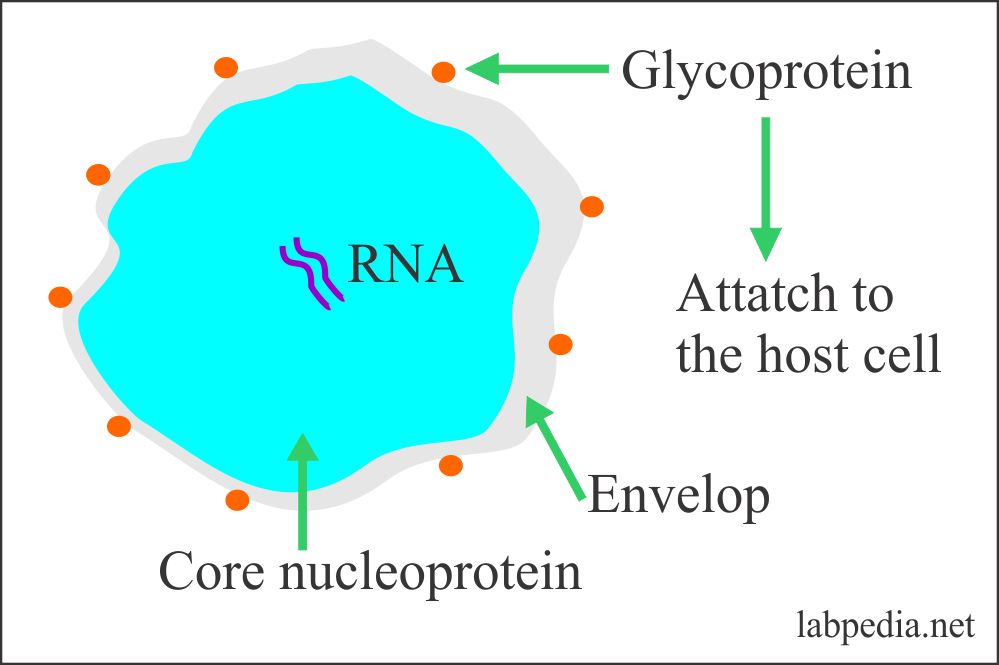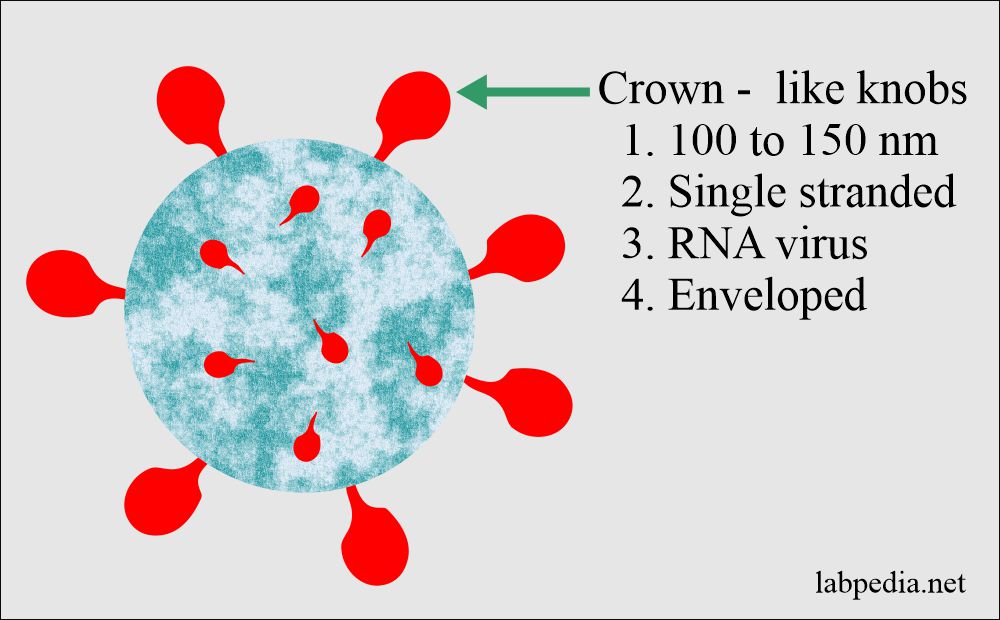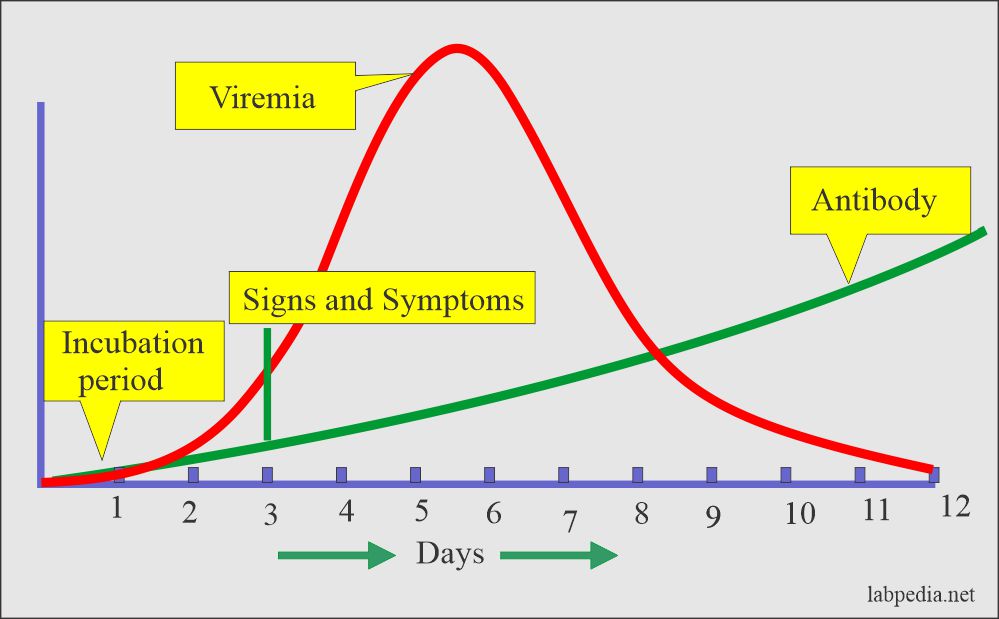Coronavirus Biology, Signs/Symptoms, Diagnosis and Treatment
Coronavirus was declared a pan-endemic by the CDC.
This is called novel mean new coronavirus, identified for the first time in the Wuhan, Hubei Province, China. Now, this is found in more than 100 countries.
This virus spreading internationally with respiratory illness.
This virus named SARS-CoV-2 and the disease called Coronavirus disease 2019 (COVID-19).
Habitat and Spread:
This virus is found in animals like camels, cattle, bats, and cats.
Rarely this disease spreads from the animals. Once it spread in human, then it spreads between them..with this new virus called SARS-CoV-2. Coronavirus:
This is the family of the viruses that cause the common cold to severe illness. This may range from MERS-CoV (Middle East respiratory syndrome-CoV) and SARS-CoV (Severe acute respiratory syndrome-CoV).
Coronavirus:
This is betacoronavirus and gives rise to SARS-CoV (Severe acute respiratory syndrome-CoV). This is a novel (new) virus that was not described before in humans.
These are zoonotic viruses (spread between animals and humans). There are so many other coronaviruses in animals, but these have not infected humans.
Structure of the Coronavirus:
- This virus is spherical or pleomorphic enveloped particles containing a single-stranded RNA virus.
- There is a nucleoprotein within the capsid consisting of matrix protein.
- The envelope has club-shaped glycoprotein projections.
- Most of the human coronaviruses have two serotypes:
- OC43-like.
- 229E-like.
- The virus enters the host cells and transforms into mRNA.
- This virus then buds out of the host cells membrane.
- Immunology:
- There is the appearance of the antibody in the serum and nasal secretion.
- It is followed by the healing of infection.
- Immunity lasts one to two years.

Coronavirus structure
Signs and Symptoms:
The patient may have:
- This virus invades the respiratory system through the nose.
- Symptoms appear after 3 days of incubation.
- These symptoms are like the common cold.
- Sneezing.
- Nasal obstruction.
- Running nose.
- Occasionally cough.
- Fever.
- Cough.
- Shortness of breath.
- Difficulty in breathing.
- In the case of severe cases, the patient may have pneumonia (severe acute respiratory syndrome (SARS Co-V).
- The patient may have acute renal failure.
- The end is death.
Precautions and preventions:
This includes:
- Frequent washing of the hands.
- Cover mouth and face when coughing or sneezing.
- Cook thoroughly meat and eggs.
- Avoid contact with the people showing coughing and illness.
- This disease affects mostly old persons. The highest group is over the age of 80 years.
- Older adults with heart disease, diabetes, and lung diseases.
- Avoid long flights if you are above 80 years of age.
- Try to have short local flights if you are around 60 years of age.
- This disease spreads from person to person. It spreads by coughing and sneezing. Droplets land on your face or hands, and if you touch your face, then you may get it.
- Avoid touching your eye, nose, and mouth.
- In 2021 there are vaccines available and these are recommended.
Diagnosis:
- On clinical grounds can not be diagnosed when there is flue like symptoms.
- The serological antibody is detected and calculated as the titer.
- PCR also advised and is confirmatory.
Treatment:
- Various vaccines by different companies are available.
- Steroids are given.
- Antiviral drugs are given.
- Supplement the oxygen supply.
- Lately, there are so many options are coming because of the research.
For further reading, we will keep on adding important links:
- World Health Organization (WHO)
- https://www.who.int/csr/sars/en/
- The US will suspend flights from Europe dated March 11, 2020, at 10.20 pm
- https://www.nytimes.com/2020/03/11/world/coronavirus-news.html?auth=link-dismiss-google1tap


